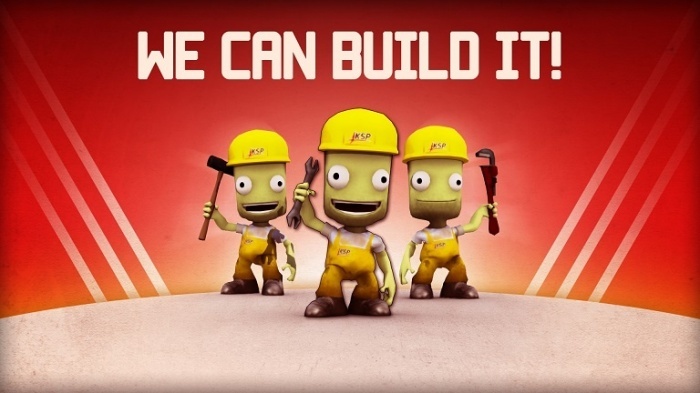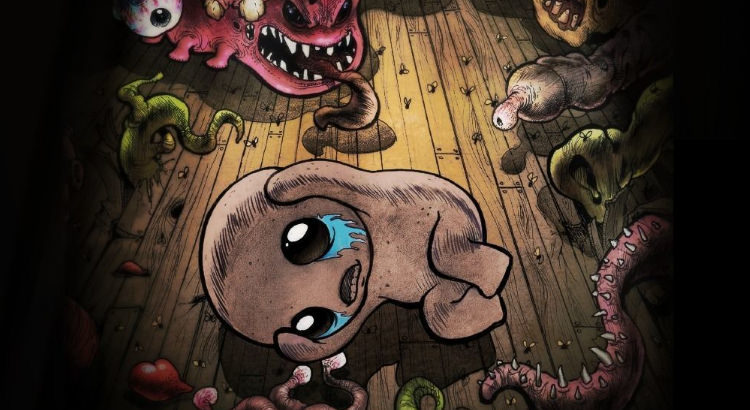Lengthening gameplay and creating replayability
Sometimes the game you / you worked on / if turned out to be too short and you just got into your head to stretch it. What ways can this be done? Why is the lengthening of the gameplay similar to replayability? Yes, because they both aim to play the game as much as possible. I warn you in advance that it is not always a good idea to lengthen the gameplay of the game.

In order to make a game that you constantly wanted to play, you can go in two directions: so that the game could not end quickly, or that with each passing there were some features that significantly changed the game experience.
Let's start with the most acceptable way in my opinion:
Every step, murder, task, moral choice, etc., you can use to change the world around your character. TellTale's The Walking Dead is a great example.
')

The genre of games in which npc is present is wider than the genre in which you can put a moral choice, because this method has a large number of applications.
Auto-generated levels and games with relatively long gameplay or partial random game generation. Games of this type have high replayability due to the autogenerability of what is happening:

Autogeneration can be present in almost any game, but in varying degrees. It should be borne in mind that with simpler generation rules, a more mechanical, rather than live, game may turn out
It is similar to rogue like, except that it is possible to play the same level / pass through the same area.

This method is easy to use in combination with others, as it requires only to think of a reward and an obstacle / test.
The method, though difficult to implement, can greatly help in replayability. Various options and schemes for creating objects can carry many people along (minecraft, TES V, The Witcher and others).

At the end of the article I want to summarize all of the above, which can be useful for expanding, improving and replaying the game:

In order to make a game that you constantly wanted to play, you can go in two directions: so that the game could not end quickly, or that with each passing there were some features that significantly changed the game experience.
Let's start with the most acceptable way in my opinion:
▍The nonlinearity of the outside world
Every step, murder, task, moral choice, etc., you can use to change the world around your character. TellTale's The Walking Dead is a great example.
')

Pros:
- Ability to perfectly integrate into the games genres: point-and-click, interactive stories, action shooters, rpg, adventure and others;
- With an appropriate level of decision-making, the replayability increases significantly;
- Relative simplicity and intuitive scenarios.
Minuses:
- It is possible only if there are minor characters in the game or other parameters external to the game.
Ways of implementation
- Adding minor tasks that reveal the world and way of minor characters (TES V). This method can be annoying if done too clumsy. Any task can be wrapped with at least a small story.
- Bipolar variants of the development of events (This is Police). A different gaming experience only encourages repetition. The greater the difference in the consequences of choice, the better.
- The system of relations npc to the hero (Fallout 3). It is better to use in conjunction with the second method (Fallout 3, Radio "Galaxy News") or to use separately, as a result of the player's greed (Overlord)
Notes
The genre of games in which npc is present is wider than the genre in which you can put a moral choice, because this method has a large number of applications.
▍Rougelike games
Auto-generated levels and games with relatively long gameplay or partial random game generation. Games of this type have high replayability due to the autogenerability of what is happening:

Pros:
- Significantly increases replayability and unpredictability of events;
- In one form or another is present in a variety of games (auto-generation "loot").
Minuses:
- For a large number of options, you need to develop a whole system of rules for autogeneration.
Ways of implementation
- Indirect autogeneration of loot, when you need to find a certain thing (The Long Dark, test). This method is the easiest to implement, but still does not greatly affect the variability of the game.
- Random events (The Long Dark). Trials or events are also a relatively simple way to diversify the gameplay at a relatively low cost.
Notes
Autogeneration can be present in almost any game, but in varying degrees. It should be borne in mind that with simpler generation rules, a more mechanical, rather than live, game may turn out
▍ Infinite growth
It is similar to rogue like, except that it is possible to play the same level / pass through the same area.

Pros:
- Motivation for re-passing, even if the same levels;
- You can apply in almost all cases when there is a character pumping or fighting with enemies.
Minuses:
- It is required to think out a reward system for re-passing;
- There is a risk that after several passes the game will be abandoned for long summers.
Ways of implementation
- You can implement through: a new character level, an improved thing (apparently the same with the previous version) and much more.
- Additional tasks during the passage. One of the ways to increase replayability in this way is to give an additional task when performing the main one (collect 10 bear cubs without archery and so on). In other words - the introduction of achievements.
Notes
This method is easy to use in combination with others, as it requires only to think of a reward and an obstacle / test.
▍ Emphasis on creating things
The method, though difficult to implement, can greatly help in replayability. Various options and schemes for creating objects can carry many people along (minecraft, TES V, The Witcher and others).

Pros:
- Interestingly created crafting system helps not only to direct players to search for objects, but also to limit the passage of the game;
- Different variations of objects help to perceive the passing of the game in different ways.
Minuses:
- For the game you need to choose the right mechanics of creating things, otherwise it will be an extra and frightening pile-up;
- Crafting in the game to balance - you need to observe the difficulty of creating an object and its benefits (otherwise they will be used to hammer in objects or obtain them in other ways).
Ways of implementation
- Under each game you need to pick up your mechanics. It is worth it or come up with, or take ready. For details I advise you to refer to this article.
Conclusion
At the end of the article I want to summarize all of the above, which can be useful for expanding, improving and replaying the game:
- Disclosure of the world and events over which the player has no power. In this case, the player can only affect some of the events with his choice, what encourages people to see, and what else can happen.
- Autogeneration levels. Automated content creation and other randomization also affects the increase in the diversity of gaming experience.
- Infinite passage and development (albeit repeated). The changes are minimal, except that with each level (or another milestone), there is an increase in important parameters for both the player and the opponent.
- Different combinations of items to create new ones. Manage your weapons, upgrades, adjust items for yourself and your passing style gives not only a plus in karma, but also affect the desire to re-pass the game.
Source: https://habr.com/ru/post/310654/
All Articles